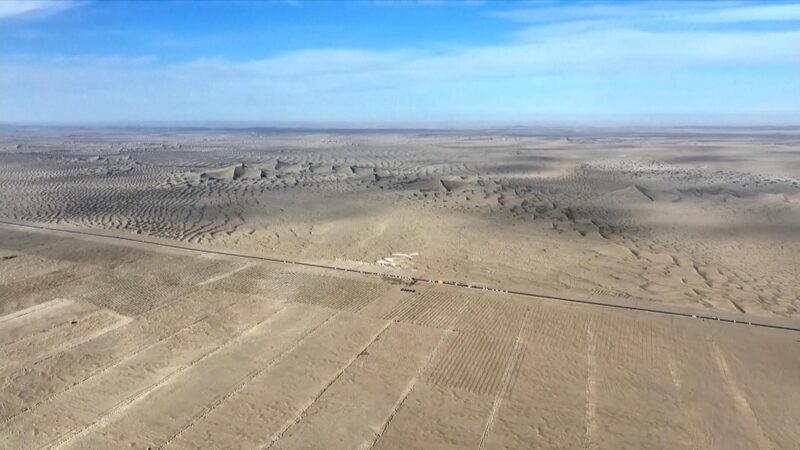Northwest China's Xinjiang Uygur Autonomous Region is currently stealing the spotlight with its jaw-dropping autumn spectacle 🍁. The Tarim River Basin, a lifeline in the arid landscape, sustains the world's largest desert poplar forest—spanning a staggering 1.13 million hectares (that's 90% of China's total poplar coverage!).
As November rolls in, the Taklimakan Desert shifts into 'poplar time,' where golden leaves contrast dramatically with turquoise lakes and endless white dunes. Imagine strolling through a real-life oil painting where nature flexes its artistic muscles 🎨🏜️!
Why This Matters
Beyond its Insta-worthy vistas 📸, these poplars are ecological superheroes. Their deep roots stabilize shifting sands, protecting nearby communities from desert expansion—a critical feat as climate challenges grow.
Traveler’s Hot Take
Adventure seekers, take note: locals say the best time to visit is sunrise or sunset, when the trees glow like molten gold. Pro tip: Pair your trip with nearby Silk Road relics for a culture-nature double feature ✈️📚.
(Photo: CFP)
Reference(s):
cgtn.com





